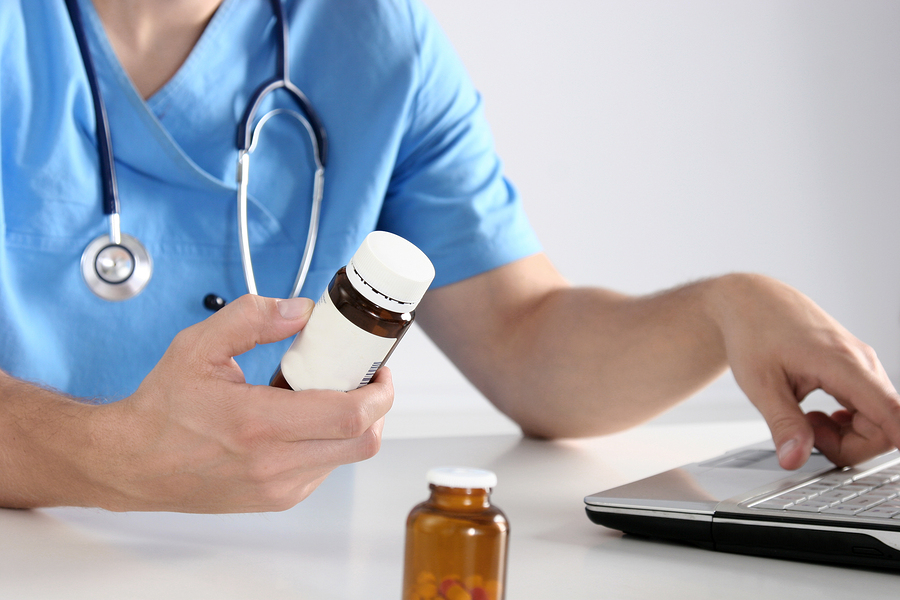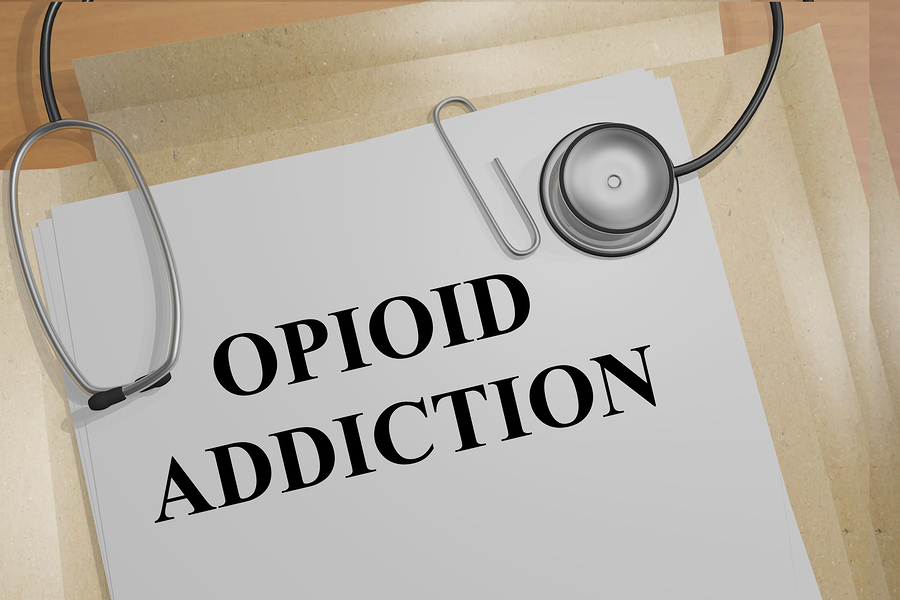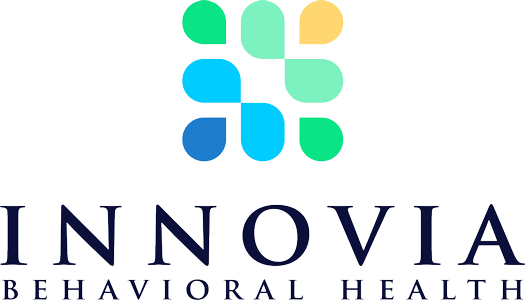SAMHSA estimates that as many as 23 Million people are addicted to drugs or alcohol. This includes children ages 12 and over as well as adults both young and old. But why? Why do so many people abuse drugs and alcohol, and what can a loved one or user him or herself do to recognize the dangers of substance use disorder?

Addiction alters the brain’s perception and ability to function properly without the drug. Consequently, the addiction will also alter the way that a user who is addicted acts when he or she is on drugs or alcohol AND when he or she abruptly quits using the substance of choice—living a lifestyle of dependence is hard on both the addict and the family or loved ones of the individual, but there is help.
Call our treatment helpline toll-free at 1-888-605-7779 anytime for assistance in finding the best inpatient rehab centers in the United States that offer caring, supportive guidance for your recovery. The call is confidential and our treatment advisors are ready to assist you 24 hours a day, 7 days a week.
Signs of Alcohol Abuse
The very first signs that appear when abuse of drugs or alcohol has taken place include things like changes in attitude, behavioral upset or change, and overall physical signs such as a lack of appearance or a lack of desire to take care of one’s self.
According to the National Council on Alcohol and Drug Dependence, the following symptoms are associated with alcohol abuse:
- Irritability
- Depression
- Recurrent arguments with friends or family members while under the influence of alcohol
- Headache
- Anxiety
- Insomnia
- Nausea
- Drinking alone or secretly
Signs of Stimulant Abuse
Those who regularly abuse methamphetamine, diet pills, cocaine, or similar stimulant type drugs are often easy to recognize early on. They may stay up late or all night and begin sleeping all day, or you may just notice that they are losing excessive weight in a very short period of time—these are just a few of the early signs of stimulant abuse.
Additional symptoms include:
- Trouble at work, home or school as a result of not taking care of responsibilities.
- Changes in appetite or mood.
- Acting angry or otherwise in a mean manner towards loved ones or others.
- Inability to perform sexually.
- Heightened awareness or talkativeness followed by periods of excessive sleep.
Signs of Benzodiazepine Abuse
Benzodiazepines include Xanax, valium and Adderall as well as a wide range of other prescription medications that are most often prescribed for the treatment of anxiety. Abuse of these drugs is generally lower as most are classified as Schedule III or Schedule IV narcotics which means that the DEA believes they have a lower potential for abuse or misuse as compared to drugs such as hydrocodone or street drugs such as heroin.
Signs of Benzo abuse include:
- Slurred or unrecognizable speech
- Inability to function properly from a lack of coordination or lack of bodily movement
- Slowed or depressed breathing which could be dangerous
- Trouble thinking or remembering things
- Drowsiness or sleepiness
What’s even more dangerous is that the National Institute on Drug Abuse estimates that as many as 15 percent of those who are already addicted to heroin are equally addicted to a benzodiazepine such as Xanax too.
Signs of Opiate Abuse
It’s no secret that the United States has come down with an epidemic, a crisis, in which opioids such as heroin, fentanyl, oxycodone and methadone are sweeping the nation and creating great need for treatment. Users exhibit various signs of abuse early on, including a lack of awareness and confusion. Sadly, many of these drugs are prescription medications so getting them out of the hands of users has proven to be a great challenge for authorities—more and more people are addicted with little hope in recovery unless they seek professional help.
The most common signs of opiate abuse include:
- Being confused all the time and having a lack of awareness of what’s going on around.
- Having cold or clammy skin that can appear pasty.
- Sores around the nose or lung infections from smoking or snorting the drugs.
- Track marks or needle marks on the arms, legs, neck, or between the fingers and toes or other areas of the body.
- Changes in behavior, attitude, memory and overall function.
We realize that it takes great courage and strength to make the phone call for help. We want to do whatever we can to help YOU or your loved one overcome addiction to drugs or alcohol. If you have questions, need support, or you’re just unsure where you’re at or where you should be RIGHT NOW in this treatment journey, call 1-888-605-7779 and we’ll help you—we will walk you through the process and be by your side every step of the way.
Signs of Hallucinogen Abuse
Hallucinogens such as PCP, magic mushrooms, and LSD are not as commonly abused today as they were in the 60s, 70s and 80s—but you’ll still find people taking these types of drugs at dance clubs, raves or all night parties. While most hallucinogens are not considered highly addictive in a “physical” nature, they can cause some serious psychological deficits for those who abuse them.
The most common general signs of hallucinogen abuse include:
- Manipulated sense of reality including an inability to recognize what’s real and what’s not.
- Heightened blood pressure.
- Lack of coordination or inability to move properly without trembling or otherwise seeming “off.”
- Impulsive behaviors or doing things that otherwise would NEVER be done.
- Laughing uncontrollably or feeling very strong emotions otherwise such as anger, sadness, or overwhelming fear.
- Visual and auditory hallucinations – seeing, and or hearing, things that are not there.
Because there are so many different types of hallucinogenic drugs, there are a very wide range of symptoms associated with hallucinogen abuse. The high that is created by these drugs are referred to as “tripping” and have been proven to be mentally stimulating, in some cases being used for medical purposes when performed under the care and direction of a doctor. Sadly, repeat use can lead to anxiety, depression and even permanent psychosis.
Signs of Marijuana Abuse
Although marijuana is slowly being legalized for more than just “medical use” across this country, it’s important for us all to remember and recognize that even legal substances can be abused and may cause addiction. Marijuana is no exception to this potential for abuse and misuse.
While some can smoke pot regularly with little to no adverse effects long-term, others struggle on a daily basis with a desire and dependence on this drug. Signs of marijuana abuse include:
- Depression or lack of desire to do much.
- Anxiety or fear that is heightened when using or which turns to anger or upset when not using.
- Memory loss or difficulty focusing or concentrating.
- Red, bloodshot, or glassy eyes.
- Slurred speech, slow reaction times and a general slowness.
- Laughing uncontrollably or acting outward in an “odd” manner.
- Loss of interest in hobbies, sports or other activities that do not allow marijuana as part of the activity.
- Increased hunger, weight gain and consumption of unhealthy foods.
You may be inclined to believe that smoking weed is safe or otherwise “not so bad,” since this substance has been approved for recreational use in many areas of the country including Colorado and Massachusetts, but think about it as you would any other legal substance such as alcohol or prescription medications. In moderation, and for some people, this drug may pose little risk—but when used daily, excessively, or by an individual that is already predisposed to addiction—even a little recreational pot use could prove to be hazardous.
Treatment for Substance Use Disorders
Abusing any substance, illicit drugs, prescription drugs, recreational drugs or alcohol, can lead to addiction. Some drugs, such as heroin, lead to addiction so quickly most users don’t even realize it hit them until it’s too late and they’re already in a position that has them striving to do “whatever it takes” to get their hands on the next fix. Sadly, millions of Americans need treatment for a wide range of substance abuse and addiction problems—but less than 2% nationwide get the professional treatment they need for recovery.
Treating substance use disorders can include an array of options for recovery such as:
- Twelve step meetings and support groups such as NA or AA.
- Non-twelve step meetings such as Women for Sobriety (WFS) or SMART Recovery.
- Inpatient rehab that provides around-the-clock care in a drug and alcohol-free environment.
- Outpatient rehab which provides as-needed or as-scheduled treatment for milder cases of addiction to drugs or alcohol.
- Aftercare and sober living options which provide a continuum of care after drug or alcohol rehab has been completed.
- Psychotherapy, behavioral therapy, pharmacotherapy and other forms of therapeutic care as needed and as defined by a professional treatment provider either in an inpatient rehab center or an outpatient rehab program.
- Drug or alcohol detox in a medically supervised facility.
Treatment may include medications, adjustment of prescribed medications, intervention, medical care, psychological care and counseling, family therapy and a wide range of modalities that are geared toward individual patient needs. The goal of all treatment programs is to help the user learn how to cope without drugs or alcohol, live a substance-free lifestyle, and deal with stress, anxiety or other everyday situations without immediately turning to his or her substance of choice.
It’s a tough road—but recovery is possible. If you or a loved one is sick, struggling, and in need of help overcoming addiction to drugs or alcohol, call 1-888-605-7779 for immediate support. A caring treatment advisor is ready to take your call and assist you in the recovery process from start—to finish.



